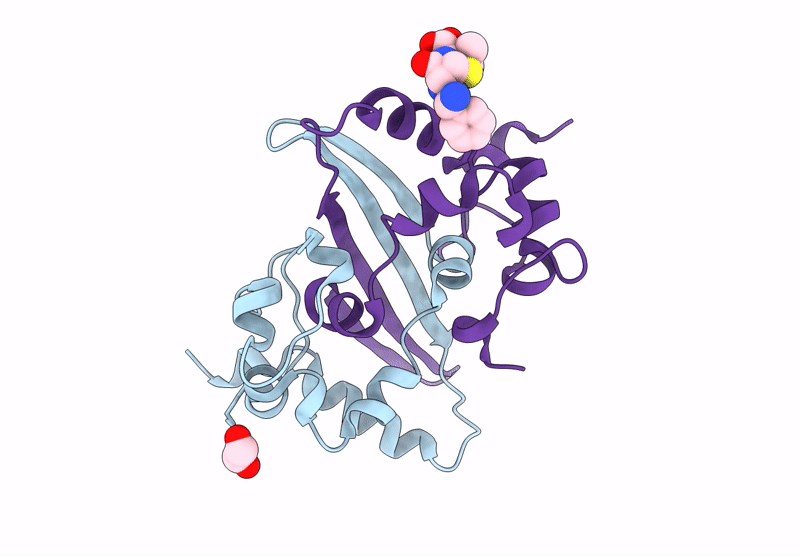
Deposition Date
2023-08-30
Release Date
2025-03-05
Last Version Date
2025-04-02
Entry Detail
PDB ID:
8W6W
Keywords:
Title:
Crystal Structure of C-terminal domain of nucleocapsid protein from SARS-CoV-2 in complex with ampicillin
Biological Source:
Source Organism:
Host Organism:
Method Details:
Experimental Method:
Resolution:
2.20 Å
R-Value Free:
0.23
R-Value Work:
0.17
R-Value Observed:
0.18
Space Group:
P 1 21 1


